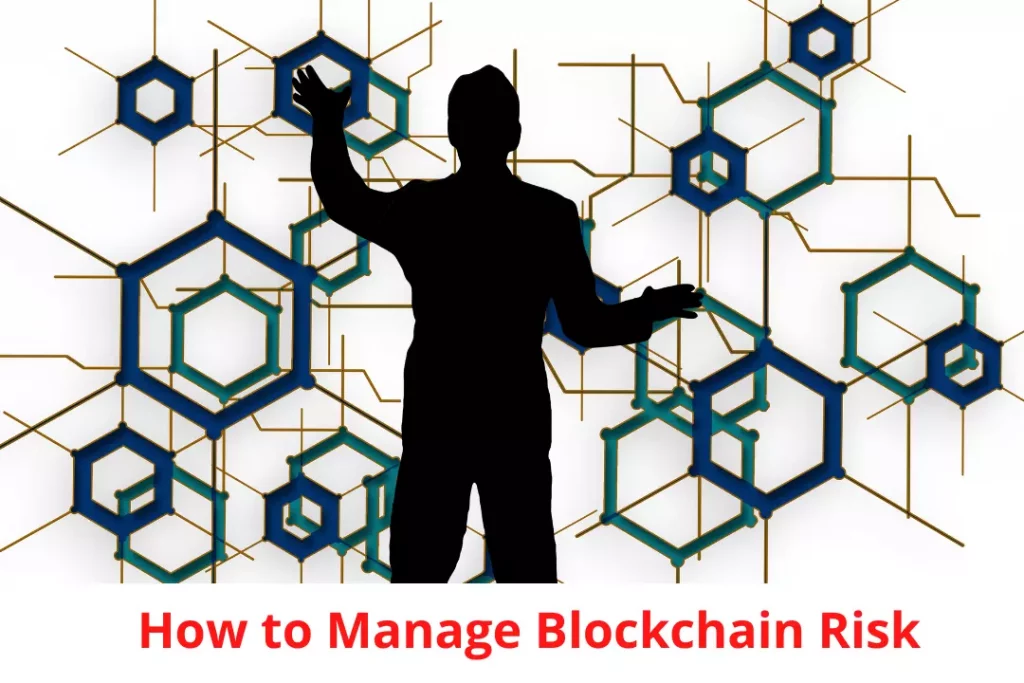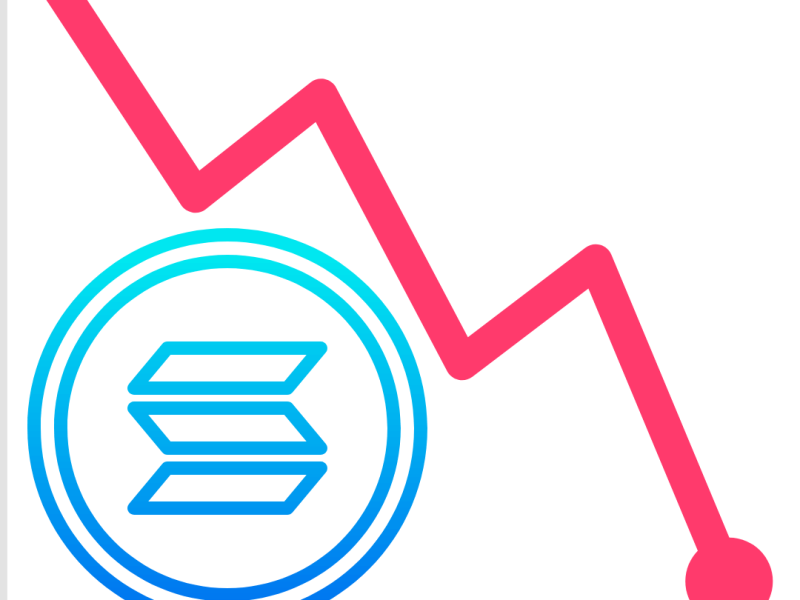Blockchain technology has emerged as the most disruptive force in today’s digital world. Its adoption has significantly changed the landscape for risk managers. Blockchain is a decentralized peer-to-peer ledger that provides countless benefits. These include irreversibility, immutability, decentralization, and efficiency. With the growing adoption of blockchain technology, risk managers have had to reevaluate how they perceive risks.
As promising as blockchain is, its risks are glaring as ever. Risk managers should focus on minimizing the risks to a manageable level. In some cases, it’s possible to eliminate the risks linked to blockchain implementation.
Blockchain Types and the Inherent Risks
To understand blockchain risk management, you need to know the types of blockchain and the risks that accompany them. There are two types of blockchains:
Permissionless Blockchains
As the name suggests, anyone can join this blockchain type and be part of its community. As such, many risks abound. Likewise, miners playing a vital role to power the network and authorize all transactions. Individual miners in a permissionless blockchain bring their risks. Likewise, such blockchains are associated with privacy issues, money laundering, and scalability problems, making them unsuitable for financial institutions and businesses that handle sensitive data.
Permissioned Blockchains
These blockchains are generally safe from the risks associated with permissionless blockchains. There are no miners in the network, negating the need for cryptocurrency. In a permissioned blockchain network, some nodes can validate transactions. Permissioned blockchains have no issues related to scalability and privacy. If there’s suspicious activity, your organization’s IT team can handle it quickly because they know the network.
The risks inherent in blockchains include:
Business Continuity Risks
When implementing blockchain technology, you need to stay apprised of the ever-changing regulatory requirements. Coping with these will equip you with the tools you need to secure your blockchain.
Strategic Risk
Another common type of blockchain risk is a strategic risk. After incorporating blockchain into your operational setup, there will be moments when you believe the technology needs to be changed to give you a competitive edge. In reality, that’s not the case because blockchain is a relatively new technology that requires time to mature. When considering the strategic and operational risks in a blockchain, learn about the limitations they bring to your service/product ecosystem.
Information Security Risk
Contrary to popular perception, blockchain technology isn’t immune to information security risks. It only provides improved internal security due to its distributed database and cryptography. Even so, things can still go awry, especially when it comes to wallet and account security. For instance, malicious actors can take ownership of your blockchain accounts. This proves that blockchain is also vulnerable to attacks.
Reputational Risk
This type of risk comes into play when you fail to incorporate blockchain into your legacy system. If you fail to do it correctly, the customer experience will be affected, ruining your company’s reputation.
How to Manage Blockchain Risk
Managing blockchain risk involves designing a control environment that secures your blockchain systems and business processes transacted therein. For instance, if you want to manage blockchain risks related to centralization and collusion monitor all network activities to pinpoint the public key addresses that own validator nodes. That way, it will be easy to implement and enforce proper escalation measures if individual participants’ consensus power increases.
When it comes to data management and privacy in your blockchain, the inherent nature of a blockchain can cause General Data Protection Regulation (GDPR) violations. Establishing data definition and implementing gatekeeper controls will ensure sensitive and confidential information isn’t stored on a permissionless blockchain.
When you extend blockchain risk management to IT audits, ensure that the approach used by the IT auditor is less singular. In this regard, it should have an all-encompassing perspective. The auditors shouldn’t limit themselves within your organization’s IT control environment. Instead, they also need to extend the audits to your blockchain and the individuals involved in it.
For this reason, your IT team should equip themselves with the skills and capabilities of auditing blockchains. By extending the focus of their audits to third-party smart contracts, how consensus is configured, and resolution models in your blockchain, it will be easier for your IT team to evaluate multi-party risks.
IT teams should stop regarding blockchain as alien technology. The technology is also vulnerable to cybersecurity risks. Treating blockchain technology as a core component of your overall risk ecosystem will go a long way in helping you to manage the risks that come with it.
Final Thoughts
Blockchain might be a relatively new foundational technology, but it’s already causing shockwaves in the information security field. If your organization is to stay on top of its blockchain-enabled IT environment, you should remember that your current IT control environment isn’t sufficient. For this reason, take into account you’re entire blockchain network’s control environment. This will guarantee data security when using blockchain technology to digitize your business processes, supply chains, transactions, and asset management.




